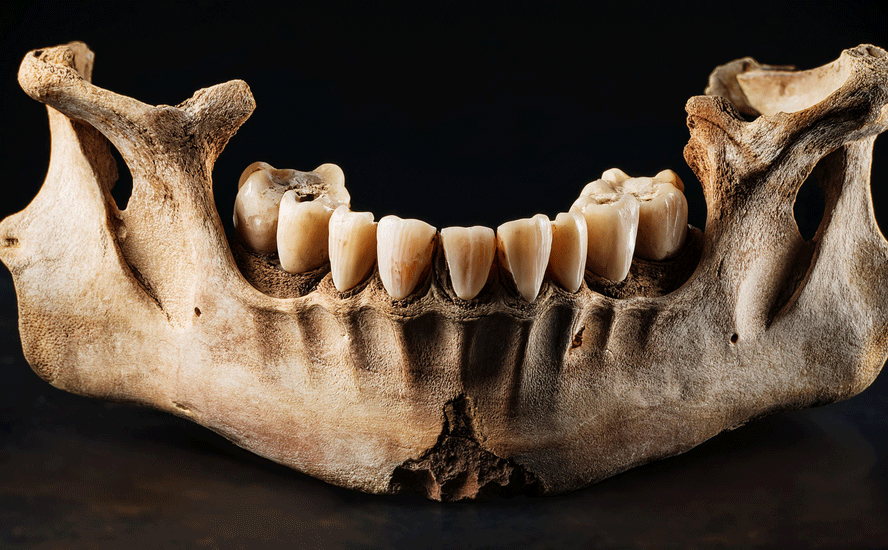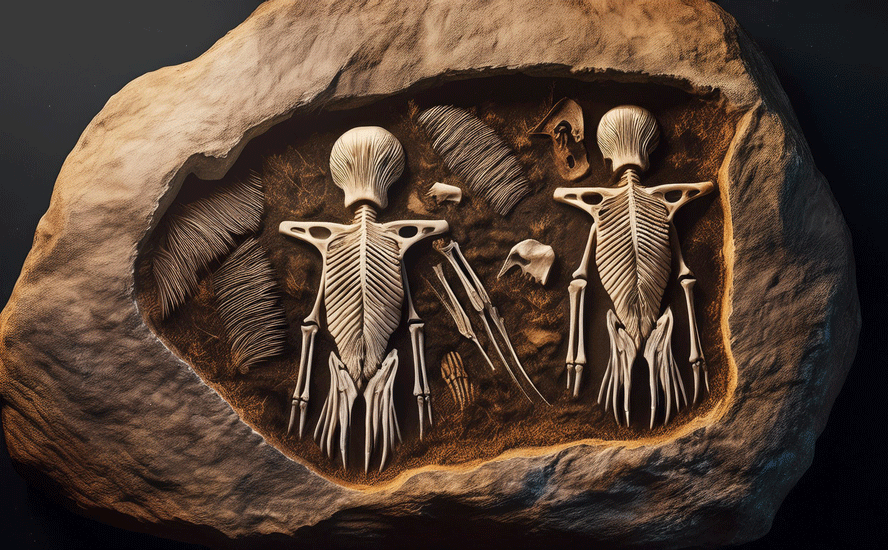Could weight-loss drugs eat the world?
From The Economist
The gila monster is a poisonous North American lizard that measures around 50 centimetres and sports a distinctive coat of black and orange scales. This lethargic reptile, which mostly dwells underground and eats just three to four times a year, is the unlikely inspiration for one of pharma’s biggest blockbusters: a new generation of weight-loss drugs that has patients—and investors—in a frenzy. Originally made for diabetes, evidence is growing that they also have benefits in diseases of the heart, kidney, liver and beyond.
Since the late 1980s scientists believed that a gut hormone called glucagon-like peptide-1 (glp-1), which is secreted by the intestines after a meal, could help treat diabetes. glp-1 increases the production of insulin (a hormone that lowers blood-sugar levels) and reduces the production of glucagon (which increases blood-sugar levels). But glp-1 is broken down by enzymes in the body very quickly, so it sticks around for only a few minutes. If it were to be used as a drug, therefore, patients would have faced the unwelcome prospect of needing glp-1 injections every hour.
In 1990 John Eng, a researcher at the Veterans Affairs Medical Centre in The Bronx, discovered that exendin-4, a hormone found in the venom of the Gila monster, was similar to human glp-1. Crucially, the exendin-4 released after one of the monster’s rare meals is more resistant to enzymatic breakdown than glp-1, staying in its body for hours. It took more than a decade before exenatide, a synthetic version of the lizard hormone, created by Eli Lilly, an American pharma giant, and Amylin Pharmaceuticals, a biotech firm, was approved to treat diabetes in America. This breakthrough spurred other firms to develop more effective and longer-lasting glp-1 medications as a treatment option for diabetes, beyond injections of insulin.
Scientists had also been aware that glp-1 had another side-effect: it slowed the rate of “gastric emptying”, which allows food to stay in the stomach for longer and suppresses appetite. But the potential weight-loss benefits were not seriously pursued at first.
Legal Notice / Disclaimer
Ahead of the Herd newsletter, aheadoftheherd.com, hereafter known as AOTH.Please read the entire Disclaimer carefully before you use this website or read the newsletter. If you do not agree to all the AOTH/Richard Mills Disclaimer, do not access/read this website/newsletter/article, or any of its pages. By reading/using this AOTH/Richard Mills website/newsletter/article, and whether you actually read this Disclaimer, you are deemed to have accepted it.




























